Comparisons
Contents
Danacable Lazuli Reference
As far as build, the Lazuli Nirvana is heavier and more unwieldy over the Lazuli Reference. The Lazuli Reference is much more flexible and easier to move around. It didn’t take away from my enjoyment but it’s something to keep in mind.

Although the Lazuli Reference is my go-to cable for most headphones, there were qualities of other cables I wish it had. Specifically a little more transparency, resolution, and air. Outlines were a little hazy and it lacked a bit of depth. It wasn’t perfect – but it was more tonally satisfying – which made listening to music more involving.
Many headphone cables that promote resolution and transparency, sacrifice tonal accuracy and timbre. Instruments just don’t sound woody or brassy and voices have an unacceptable sheen. This was my greatest fear with the Lazuli Nirvana as this would be the “expected tradeoff.”
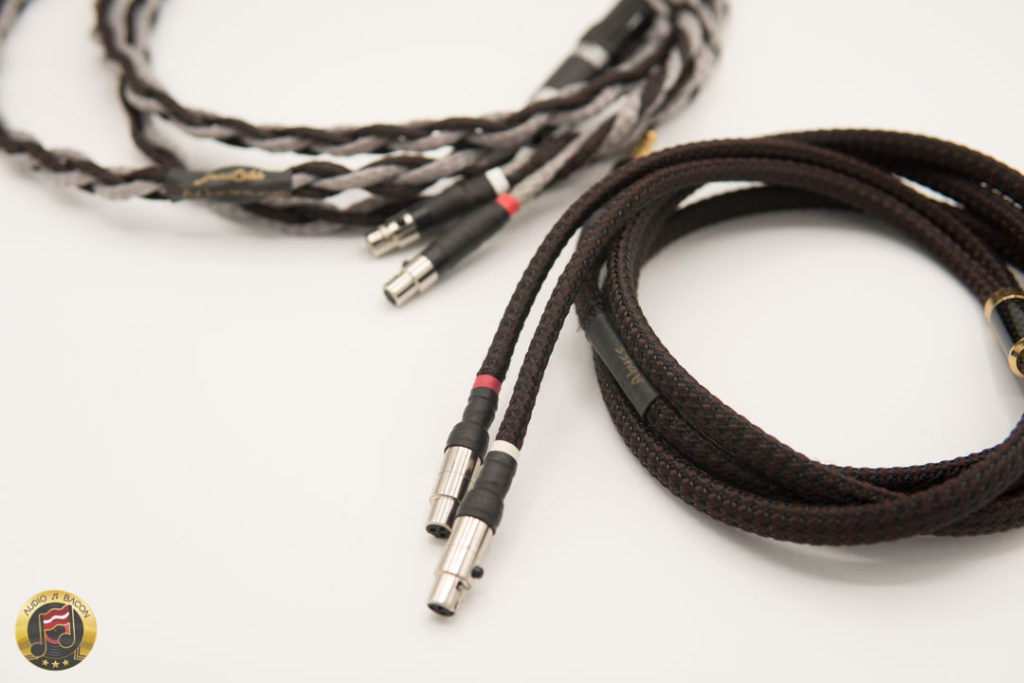
Although the Danacable Lazuli Nirvana isn’t as warmblooded as the Lazuli Reference, it’s within the bounds of a natural sound. This cable seemingly does the impossible balancing act of providing a vivid presence while capturing the lifelike essence of these recordings. For that reason alone, it may actually be the perfect cable for many headphones, and for many genres of music.
Listening Notes
In I Ain’t Gonna Be the First to Cry by the electronic duo Bob Moses, the tiny percussive taps, knocks, and reverberated synths have an eerie sense of spatial distance and presence. Almost like you’re in a large, dark warehouse with a group of performers swirling around the entire space. The rhythmic bass then takes center stage with muscularity and sub-bass definition. The electric guitar then follows while still preserving the tonal contrast of all the musical elements before it.
In contrast, the Lazuli Reference sounds more like it’s in a well-lit, corporate meeting room. It’s a much smaller space with reflective surfaces. The musical elements sound piecewise and contrived – and disoriented. That warmth starts to get mixed around as well. The sound is texturally flat with much coarser gradations. Leading edges are softened and masked. Its timbre is also less accurate which deteriorates the tonal perspective of this piece.
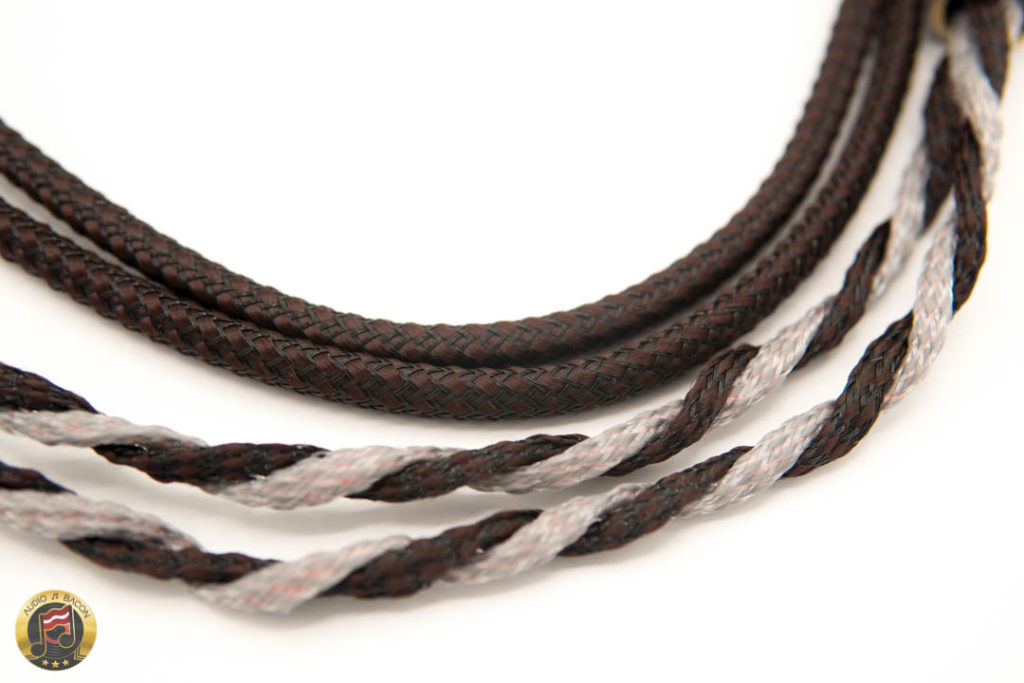
The Lazuli Reference has a sweeter and meatier midrange. But after going through more recordings, I started to think it’s more of a shroud within that warmth. The Danacable Lazuli Nirvana seems to be wiping off a dirty window rather than taking away density.
The tone is still very seductive on the Lazuli Reference, however. A few shades richer on the Danacable Lazuli Nirvana would be nice. Don’t get me wrong, it isn’t cold sounding – at all. It has a surprising amount of soul and sweetness in the midrange. It still sounds like blood is flowing through the voices.

The Danacable Lazuli Nirvana is also far more expressive. And if you’re trying to get more of a true stereo experience, it’ll be difficult to achieve that with the Lazuli Reference.
The Danacable Lazuli Nirvana reveals useful musical information otherwise masked. The number of veils the Nirvana removes while still maintaining musicality – is difficult to deny. Highs on the Nirvana are also sweeter and more realistic.
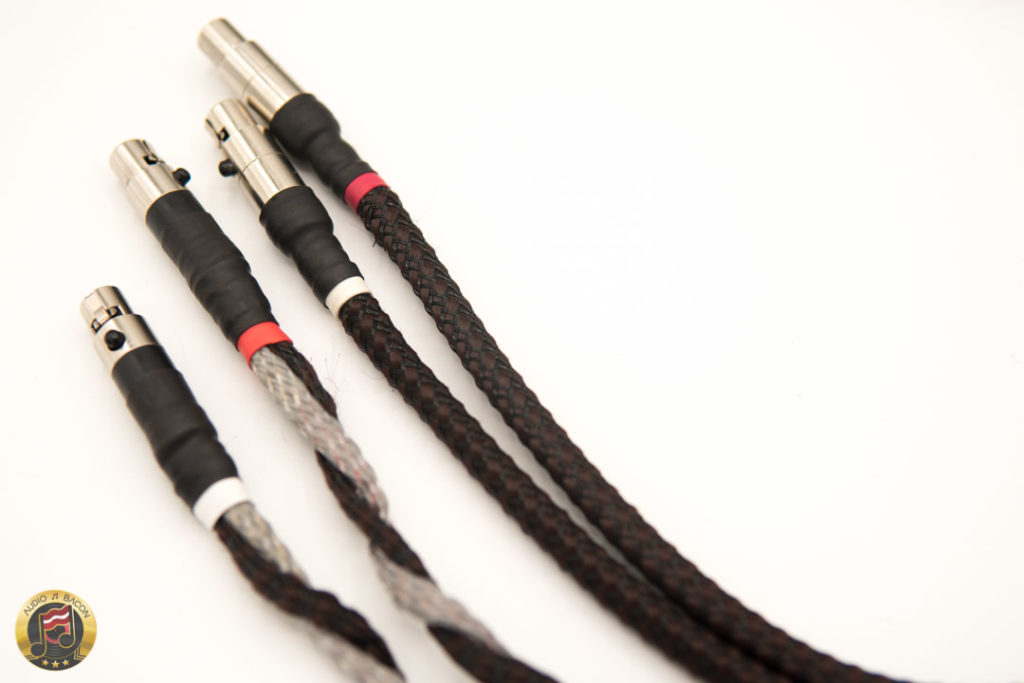
Another example would be AUORA’s Runaway.
The Lazuli Nirvana is immediately more spacious and articulate. Her strong Norwegian accent sounds more opaque with the Lazuli Reference while the Lazuli Nirvana shows how her voice moves from the chest to her lips – and to the space around her. The Lazuli Nirvana is also a little more forward, taller, and wider. It molds the music more precisely while the Lazuli Reference is more in a singular dimension.
Bottomline
The Danacable Lazuli Nirvana combines both solidity and resolution in a very compelling – yet congruent way. Although I do enjoy the richer tonality of the Lazuli Reference – the Nirvana’s tonal balance makes for a more captivating listening experience. It doesn’t blanket the music with a certain color or thickness. It just passes the music through.

During my long listening sessions, I never felt the urge to go back to the Lazuli Reference. I guess this makes the Danacable Lazuli Nirvana my favorite cable for the Abyss Phi headphones.
It didn’t prompt me to think “I wish it had more…” And it doesn’t overdo anything to provoke any level of irritation. I’m simply just enjoying the music.
Update (2/8/2019): Keep in mind this evaluation was done with the Chord Electronics Hugo TT 2, which is intrinsically warmer. On the Chord Electronics DAVE, there isn’t a filter for more warmth – so the Lazuli Reference may still be a better pairing if you’re looking for truer tone.
Double Helix Cables Silver Complement4
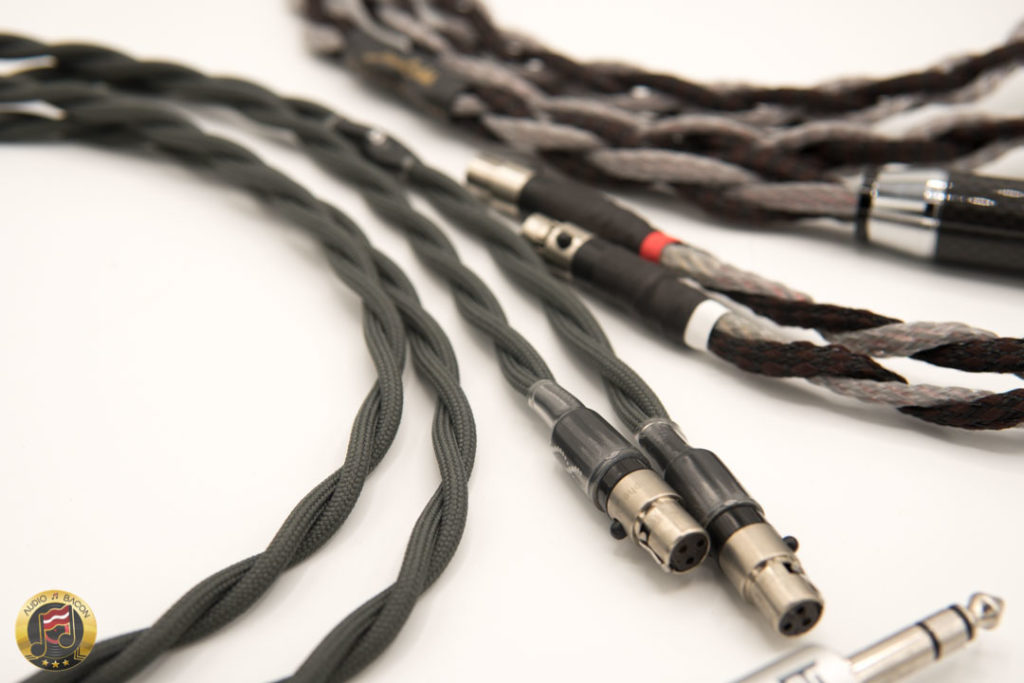
One of the most well-built headphone cables I have in my possession. This cable is more resolving versus the Danacable Lazuli Reference. It has more dimension, tighter outlines, and more pronounced bass definition. Qualities I would’ve wanted in the Danacable Lazuli Reference.
However, due to its silkier and more elastic tone, this cable sounds better with warmer and more colorful headphones (such as the HiFiMAN HE-1000 V2 or Audeze LCD-4).
In comparison to the Lazuli Nirvana, the DHC Complement4 is more relaxed, more liquid, and cooler in nature. Definitely more neutral across the board.
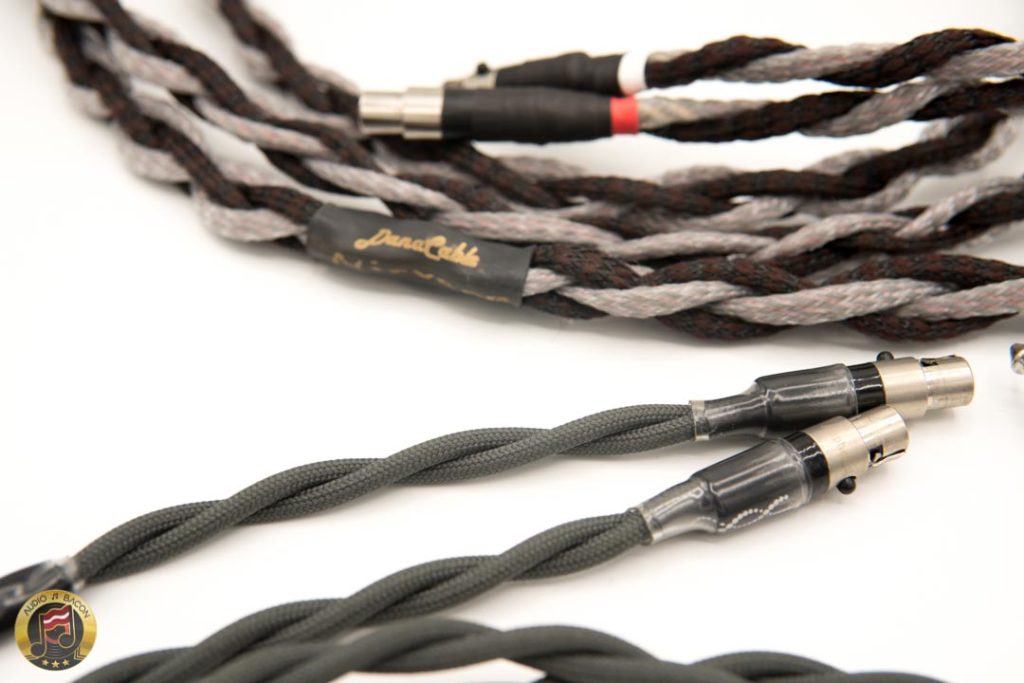
From the applause of the crowd to the sultry vocals of Melody Gardot’s Baby I’m a Fool on her
The Complement4 sounds more grayscale while the Nirvana paints with a wider palette. The live performance is simply more rustic, organic, and convincing. It just has more drive. However, if you prefer something more neutral, the Complement4 would still be a fantastic fit.
As a high-quality cable, the Complement4 sounds fantastic – but, as with the Lazuli Reference, I feel the Danacable Lazuli Nirvana is just in a different class.
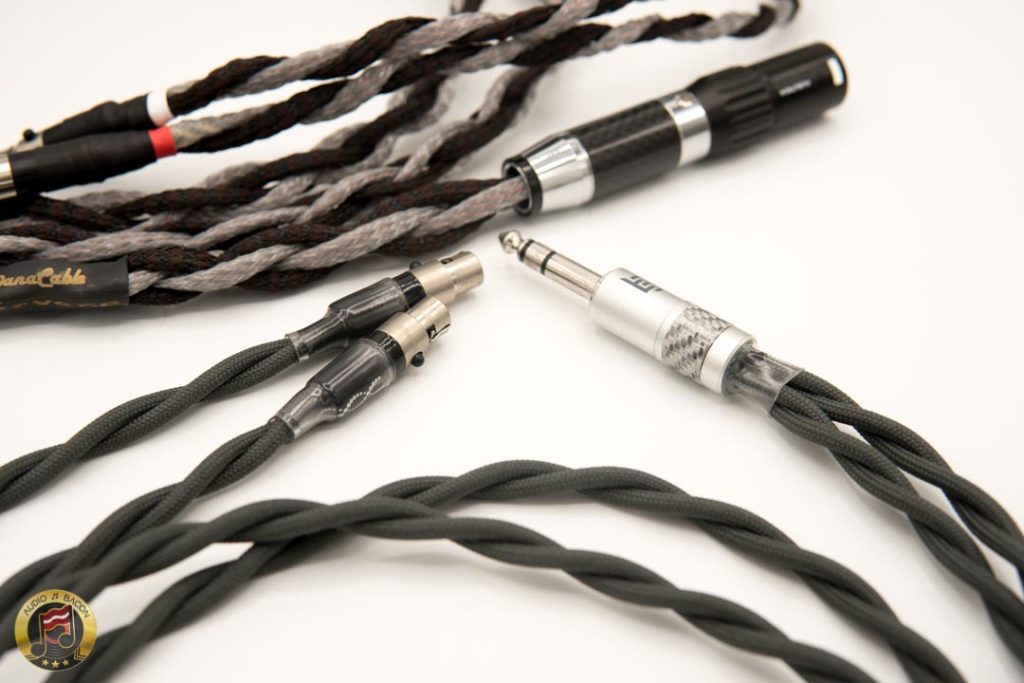

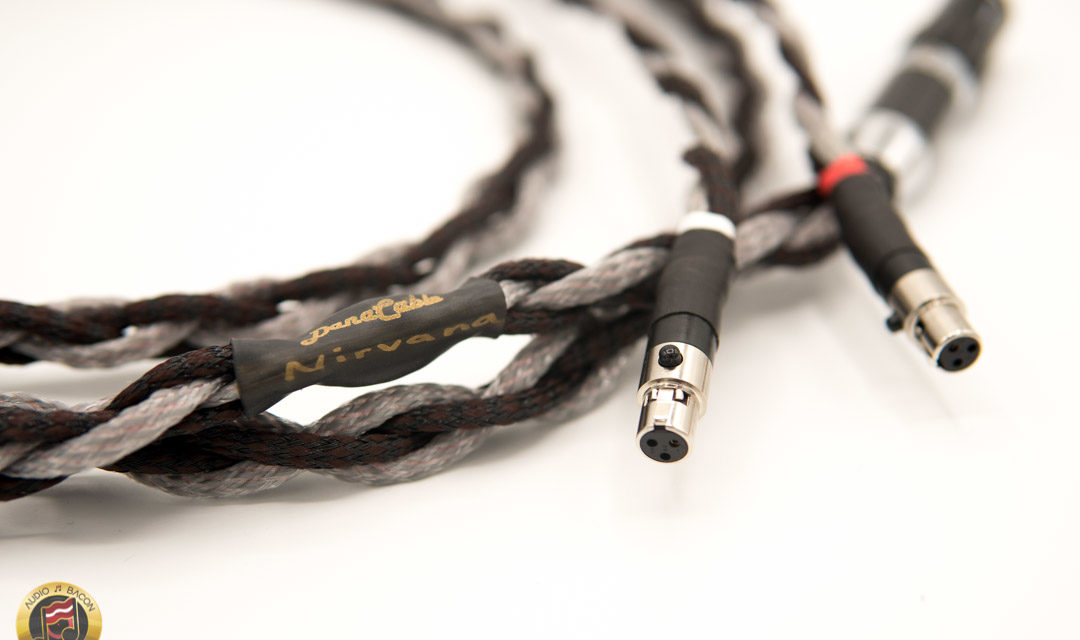


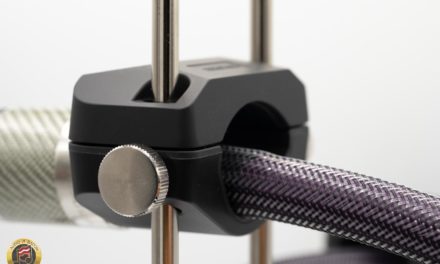
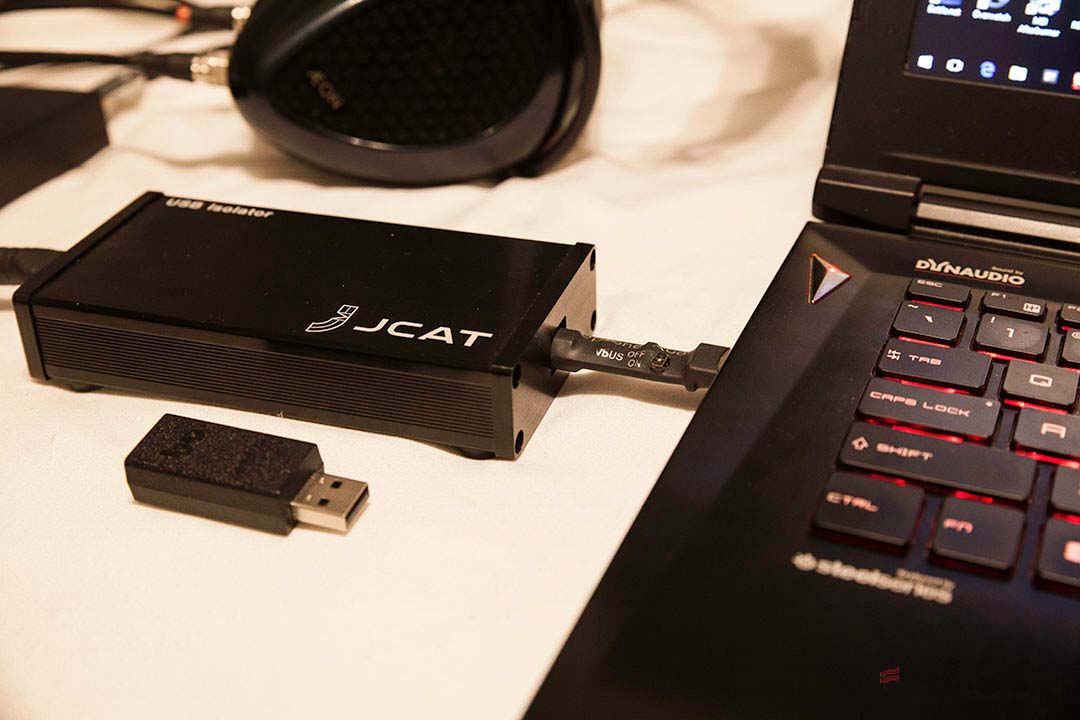
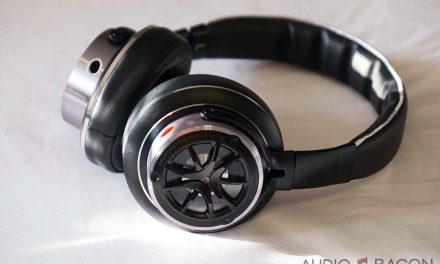

Hey Jay, it would be nice if you compare Danacables vs Norne Audio cables 1 day. Cheers.
There are some cables with single core design to eliminate eddy current effect like Wireworld & acoustic-revive. You will love them and hope you tried it
I appreciated your review; can your evaluations also apply to Focal Utopia? Thank you.
Pretty sure it will.
Thanks Jay! These look to be great and might even best the Norne. I echo the request to compare these to the Norne Audio cables. I’ve used the highest end Norne Draug Silver on 4 sets of headphones: The Audeze LCD3f (the Norne was way better than the stock cable in every respect), the Focal Utopia (the Norne was way better than stock cable, but perhaps maybe not a perfect tonal match), the Audeze LCD4z (the stock cable was actually better than the Norne Draug silver), and the Sony MDR Z1R (the Norne was way better than the stock cable). It’s amazing how much difference the headphone cable can make and how dependent it is on the headphones (and DAC/amp). In my case, the DAC/amp is Chord Dave and MScaler.
Since you’re time of reviewing this cable have you got the chance to compare the Nirvana to the Prion4? I feel like the Prion4 woul give it a run for its money at $1300 less. Curious to hear your thoughts.
I could only speak from memory but the Prion4 was more resolving and possibly quieter but the Nirvana was warmer and fuller.
Honestly I’ll tell you who will buy these a millionare with money to burn that’s it. No normal person would spend this amount on a headphone cable. It’s insane…. I don’t care if your in a constant state of orgasm with these cables ABSOLUTELY RIDICULOUS
But a headphone cable? NO WAY. I’m can almost bet money on how many they will sell… ready for it … ready for it… ZERO.
I think this industry is going insane and the markups are getting out of hand. I don’t care about his tedious labor what are you paying these people 100/hr ? Have them made in taiwan… not China… .. and reduce the cost…
I felt like vomiting when I saw this……
Honestly I’ll tell You it’s always the same with people who can’t afford things they are eager to have. You should better not bet on ZERO, I bought one.